Then & There: Rolling Stones – A Valentine’s Story
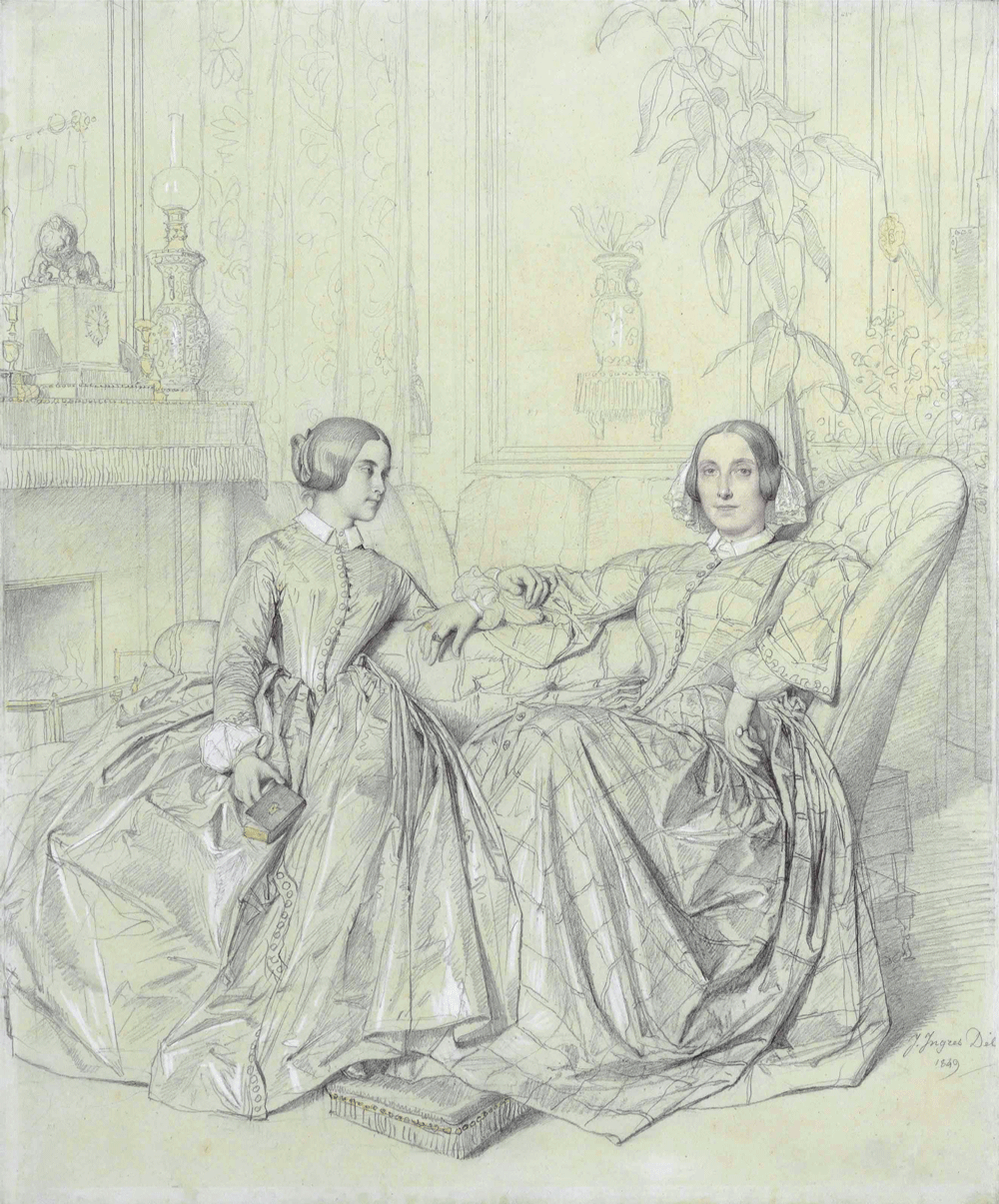
Story and Photos by Richard Hooper
Franz Liszt, Frédéric Chopin, George Sand and Marie, Comtesse d’Agoult, were all born between 1804 and 1811 and came to know each other in Paris in the 1830s, within the era of Romanticism in literature, music, art and life.
When the woman known as George Sand became enraptured with Chopin, she was legally separated from her husband, with whom she had borne two children, and well established as a novelist of high repute. Born Amandine Aurore Lucile Dupin, she adopted the masculine identity first as a pen name. She scandalously smoked cigars in public, and her long list of lovers was legendary.
Sand was also known for frequently dressing in men’s clothing. As a child, she rode horseback so boldly that her tutor had her dress as a boy in order to be more comfortable riding astride. She explained that in later life, she initially picked up masculine dress in order to attend the Paris opera and concerts. She could not afford the expensive loge or orchestra seats, so to be seated in the balcony (where women were forbidden) she dressed as a man. Something clicked, and when it struck her fancy, she would also dress as a man on the street and in salons.
Given the strictures imposed upon that society, it is difficult to imagine counterparts to the rock stars of today. However, if any could have fit that persona it was Chopin and his friend, Liszt. Liszt’s natural habitat was the concert hall, where, “Onstage,” as described by Joseph Barry, “he would strip his gloves, drop them dramatically on the floor, toss back his long hair, turn his Florentine profile to the public, and then—destroy the piano.” When Liszt played, “the keys seemed to bleed” and “women became intoxicated.”
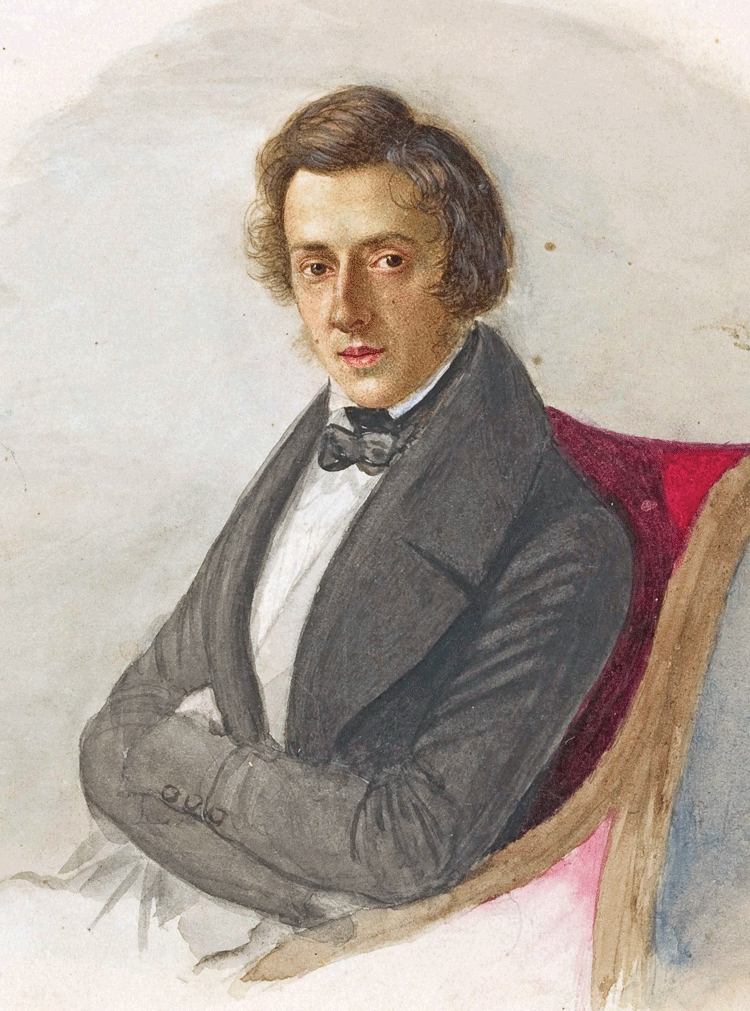
In counterpoint, Chopin did not like playing in front of large audiences. He preferred to perform in private salons and acquired an air of mystery. His primary income came from giving piano lessons. His fees were exorbitant, he dressed as a dandy, and his following was huge. Shy, he was nonetheless very witty.
Sand adored the music of Chopin. Sand also adored Chopin, who had been in Paris some six years before they met late in 1837 or early 1838. She was awestruck in his presence. Sand similarly made a deep impression on Chopin, but not like the one he had made upon her. He wrote to his parents in Poland that, “Her appearance is not to my liking. Indeed there is something about her which positively repels me.”
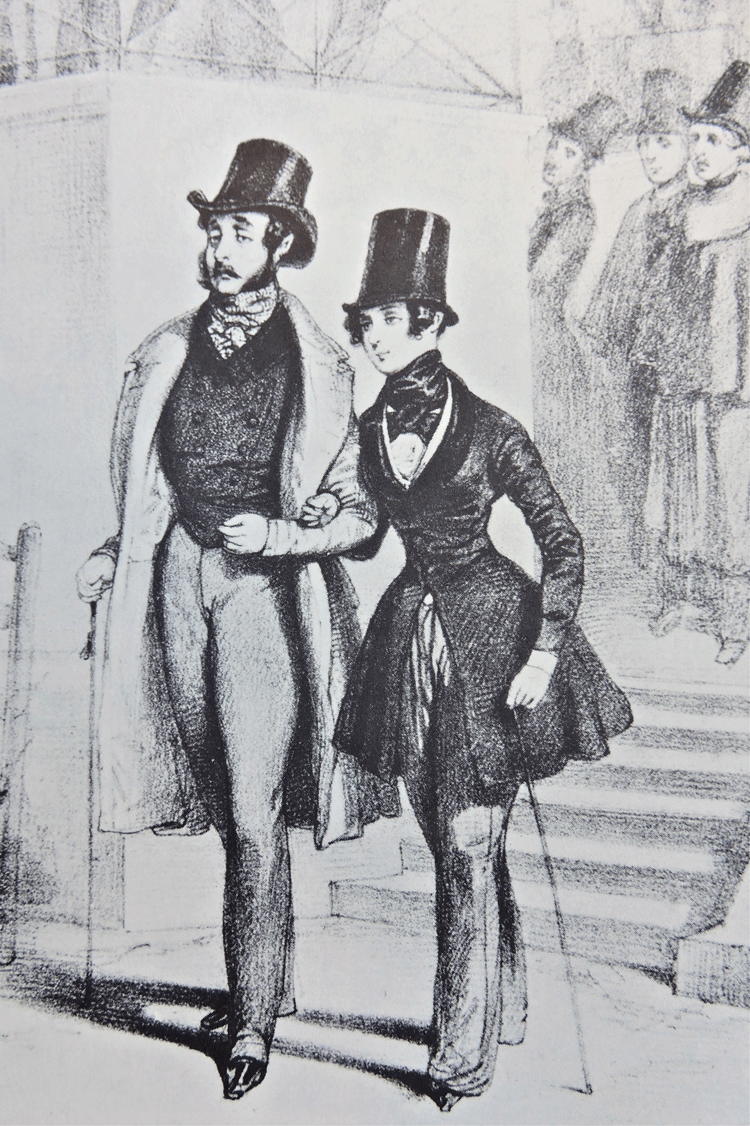
Clearly, Sand could not offer herself to him as she had with others. Sand was strong and bold; Chopin was of ill health (suffering from tuberculosis) and withdrawn. When he gave piano lessons, he was emotionally unable to receive compensation directly from his patrons; payment had to be left in the room. Sand was amorous; Chopin wasn’t sure what that was all about. If anything, physical intimacy for him was something best avoided.
Slowing her tempo, Sand inserted herself into Chopin’s life. She was assisted in her quest by her friend Marie, Comtesse d’Agoult, who had left her own husband to be with Liszt. Marie made certain that Sand would receive invitations to society salons where Chopin would be a guest. To gain his attention at one such soiree, Sand attired herself in feminine silk the colors of Chopin’s Polish flag. Marie cared for Sand’s happiness, but she was concerned that her lover’s passion was on the wane. She could not risk having George Sand a free agent as far as Liszt was concerned.
Sand, as well as being a writer, played guitar exceedingly well and collected folk music, attributes that no doubt attracted Chopin’s interest. Over numerous meetings, she gained his trust and stirred his curiosity. He began to invite her to soirees at his apartment. Finally, one evening they became lovers.
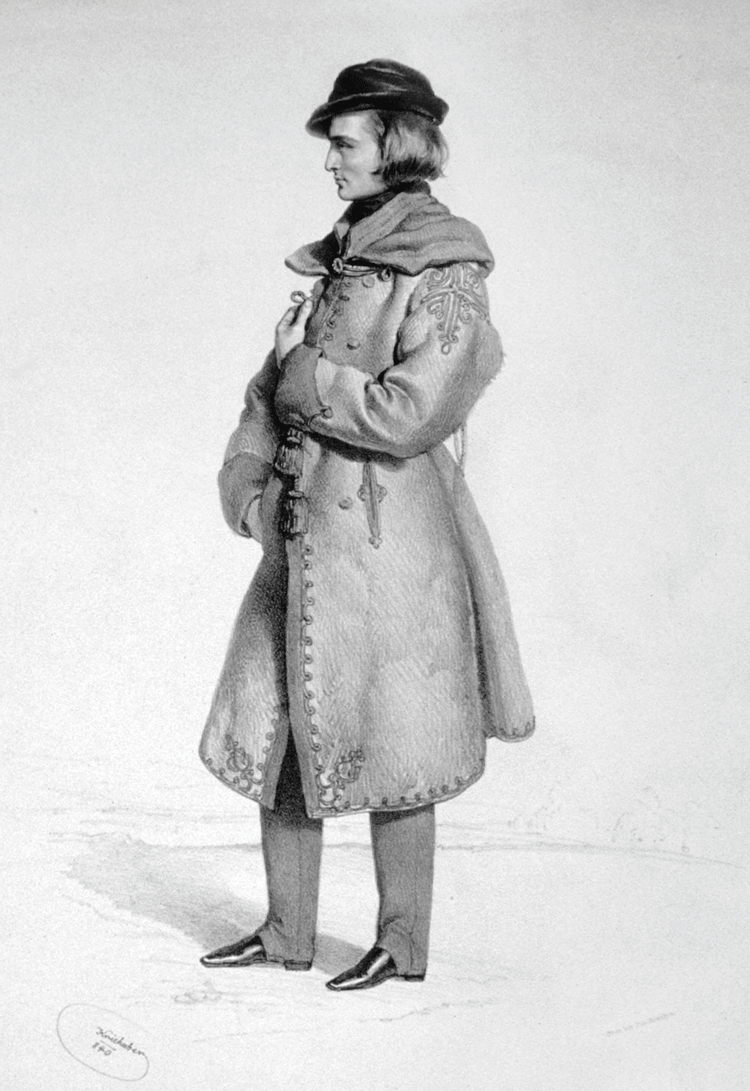
Sand described the early evolution of the relationship with Chopin in a play, “The Seven Strings of the Lyre.” In the play the heroine brought forth music from the hero’s soul by playing him with her eyes “without touching the strings.” He “trembled,” and “they vibrated strongly.” In the play, the strings can be read as symbolic of various attributes and conditions of humanity, but clearly the instrument being stroked was Chopin. Joseph Barry, in “Infamous Woman,” described it as “a bad play, but a beautiful love letter.”
While Sand’s strength and boldness, introduced gently, became something Chopin could rely upon, they were also draining. To escape the cold of France, they went to Majorca, where Chopin’s tuberculosis became much worse. Out of fear of contagion, they were refused rides in public carriages. For the same reason, renting rooms was nearly impossible: If not outright refused lodging, they would have to pay for furnishings to be replaced, as anything they used would be burned upon their departure. They had not escaped the cold, and it rained constantly. After months of barbaric conditions, they struggled back to France, to Nohant, Sand’s country estate, which became their primary residence.
During his relationship with Sand Chopin created more than half of his compositions.
On the one hand she provided the security for him to compose. On the other, she began additional affairs of which he became jealous. Nohant provided quiet and solitude to concentrate, but Chopin actually preferred Paris. He missed the salons and his ability to earn income from his piano lessons. Growing discord between Sand and her children and their lovers and Chopin had turned Nohant into a caustic domestic cauldron of dysfunction that makes today’s reality television seem tame by comparison.
At the end of October 1846, Chopin left Sand and Nohant for Paris, succumbing two years later to tuberculosis. Over 3,000 people attended his funeral. George Sand was not among the mourners.
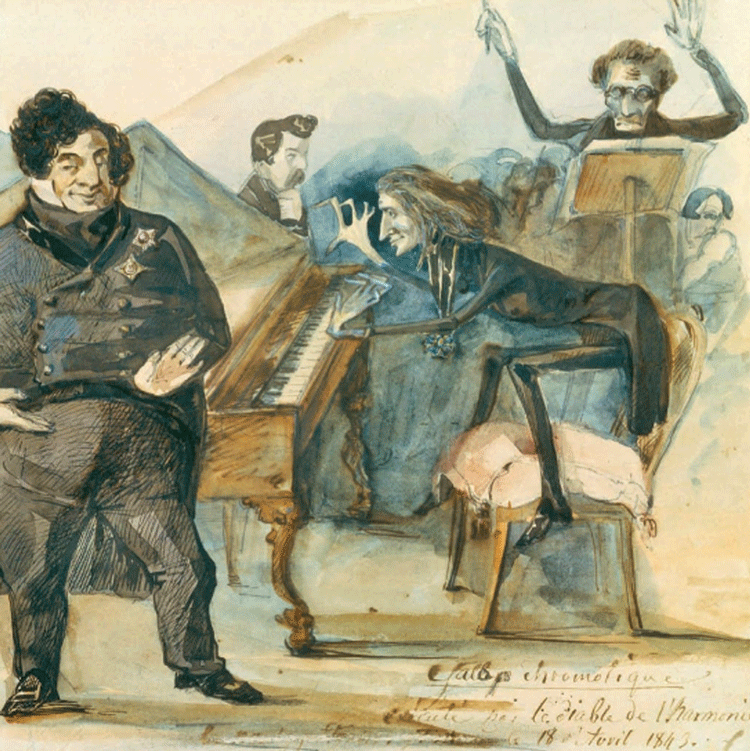
Of Marie d’Agoult and Liszt? They parted company after four years of living together and producing three children. Liszt continued composing and performing for decades. In the same year that they separated, 1839, Balzac published a thinly disguised portrayal of them in the novel, “Beatrix,” whose early working title had been “The Galley Slaves of Love.” Marie d’Agoult, who had written, under Liszt’s name, numerous articles about music during the affair with him, became a professional writer. She wrote her own account of her romance with Liszt entitled “Nelida.” It helped to inspire the 1975 fantastical movie, “Lisztomania,” in which Liszt was portrayed by Roger Daltrey of The Who, and Ringo Starr played the Pope.
Sand continued to write prolifically until her death in 1876. The title of one of her later novels was “Pierre Qui Roulle.” It translates as “A Rolling Stone.” ML
Sources:
Joseph Barry – French Lovers: From Heloise & Abelard to Beauvoir & Sartre. Arbor
House: 1987.
Joseph Barry – Infamous Woman: The Life of George Sand. Doubleday: 1977.
Benita Eisler – Naked in the Marketplace: The Lives of George Sand. Counterpoint: 2006.


